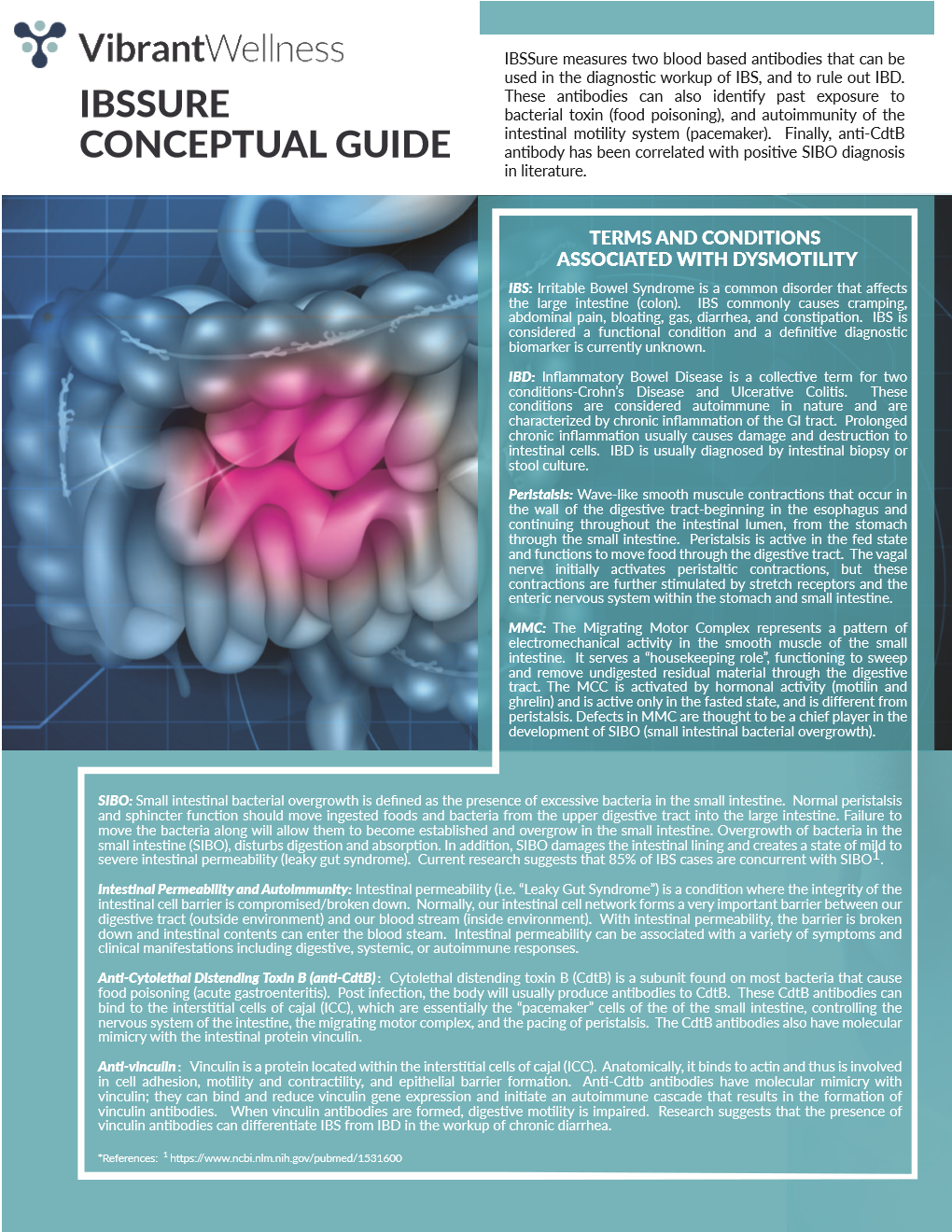
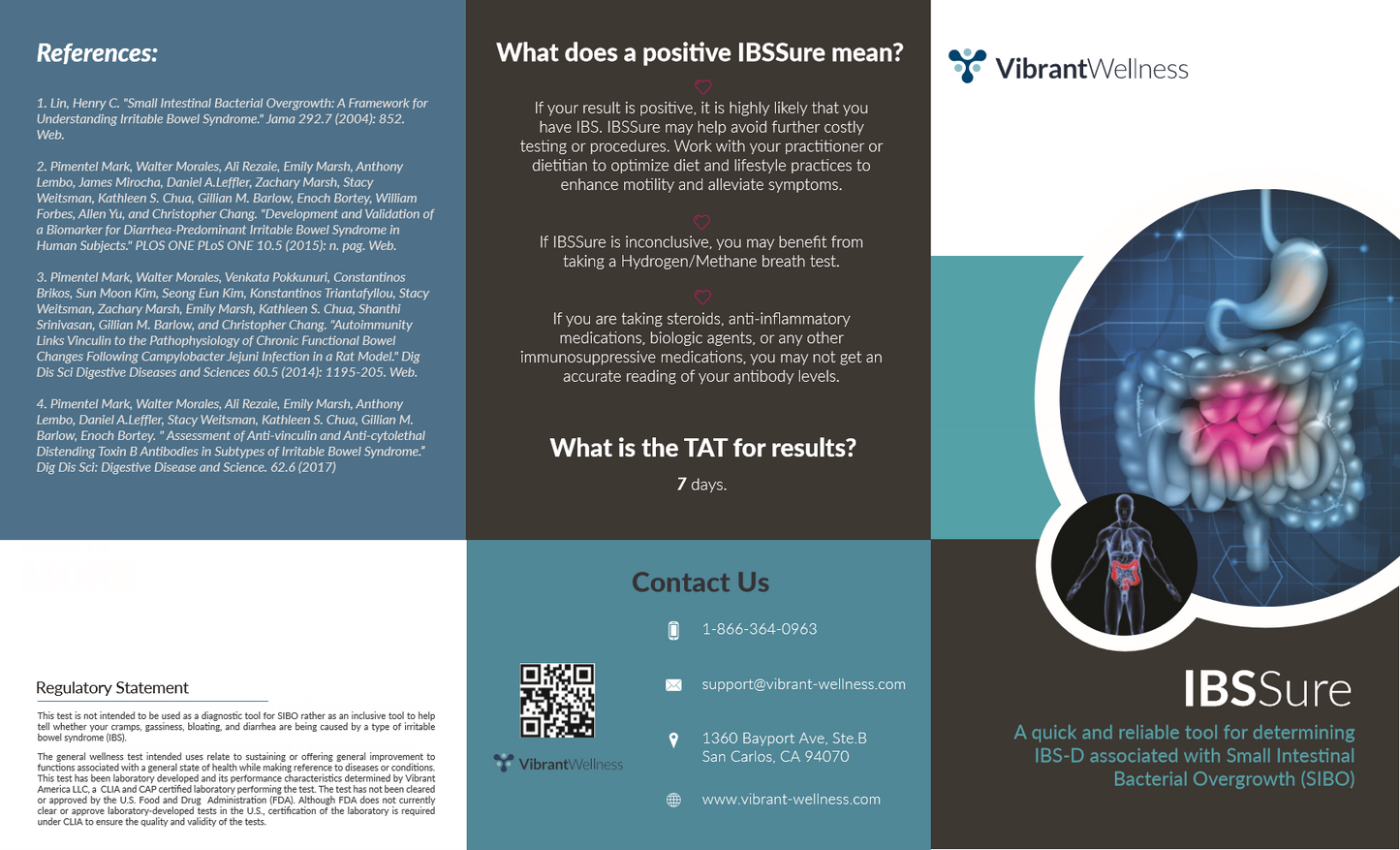
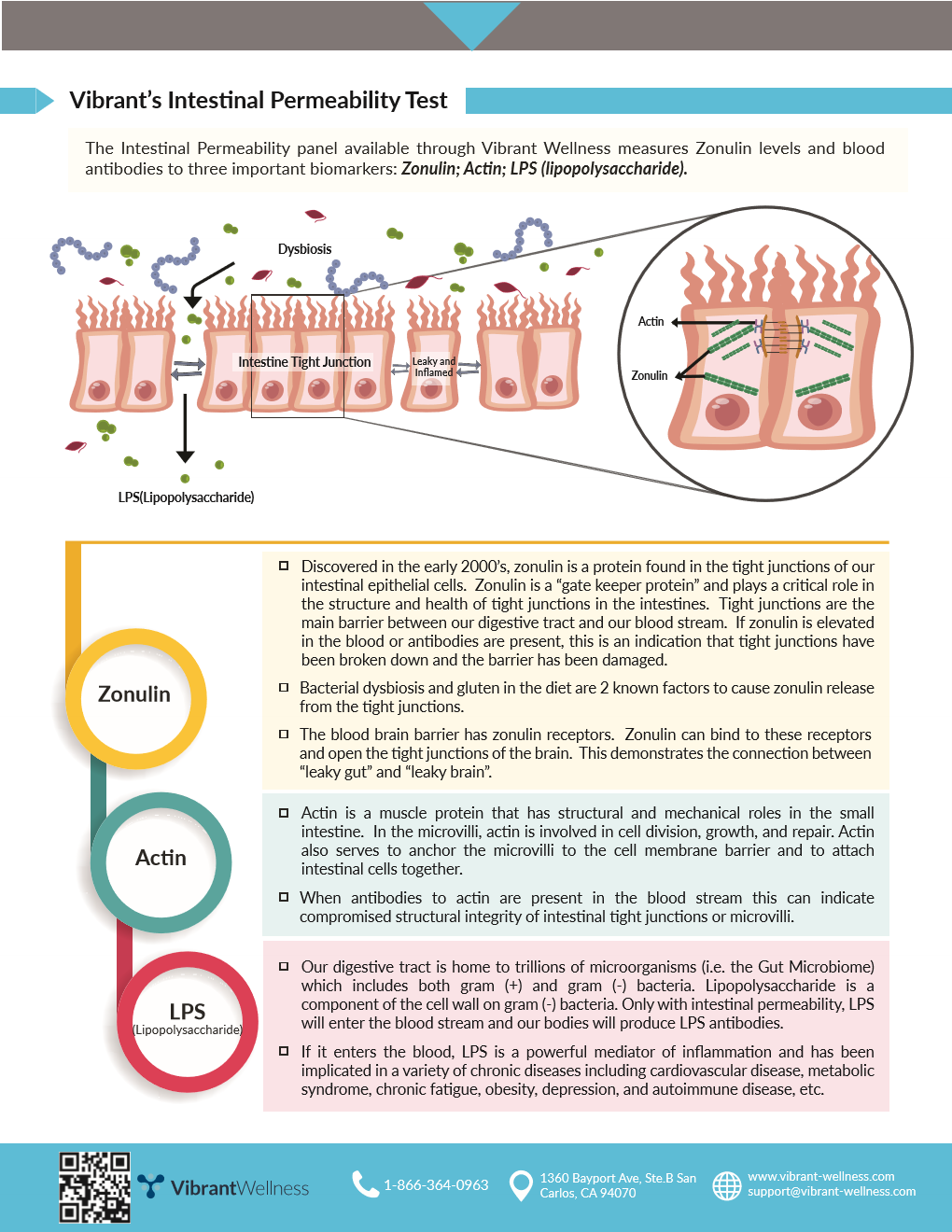
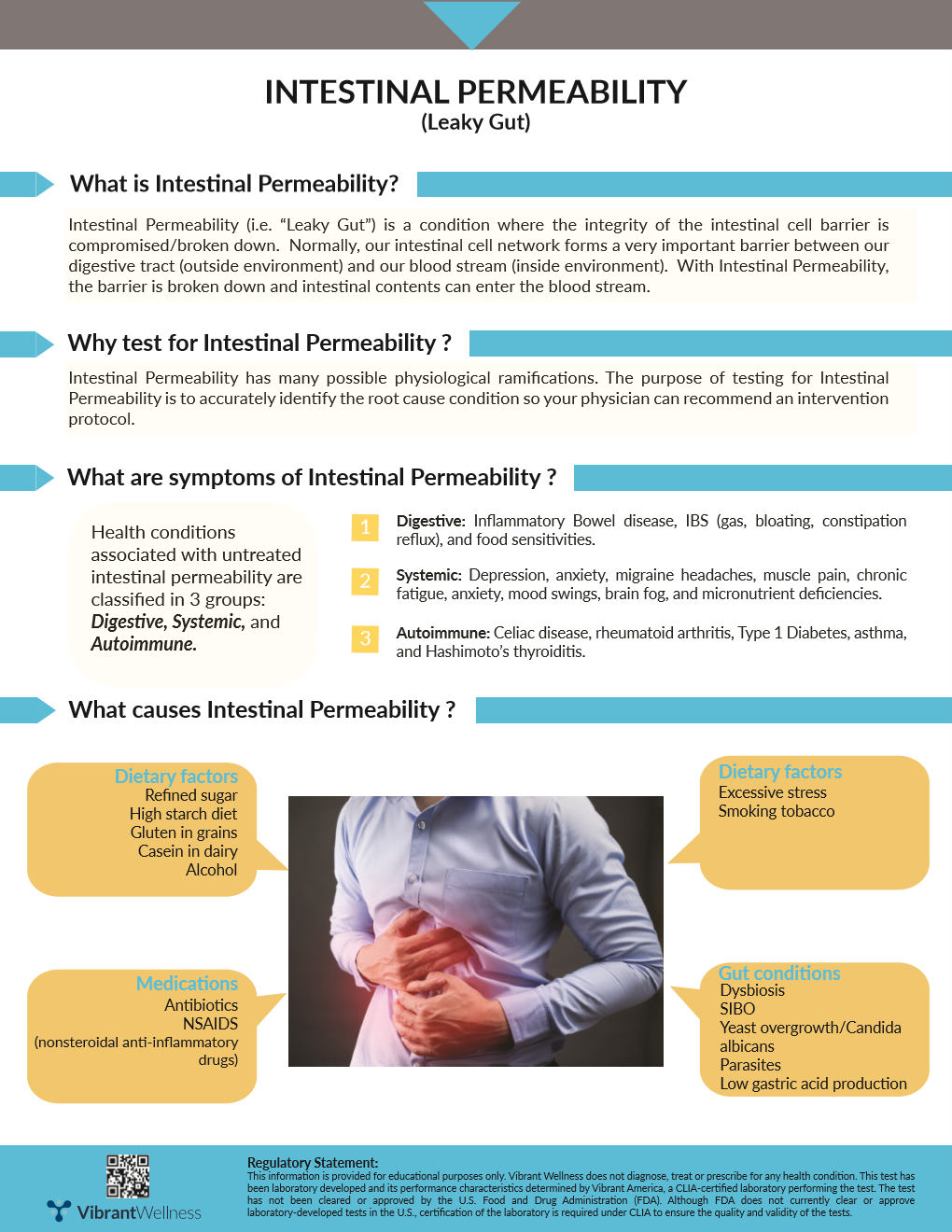

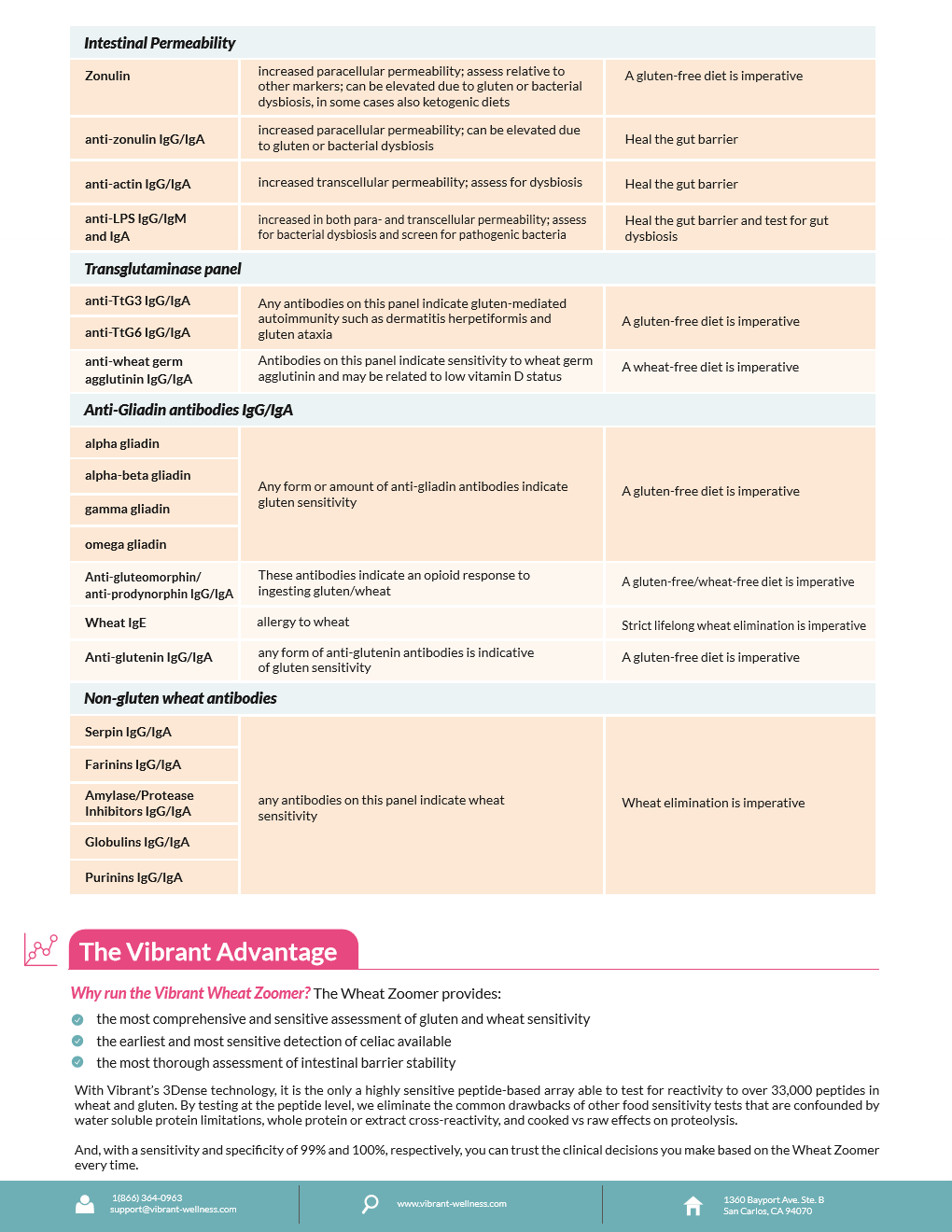


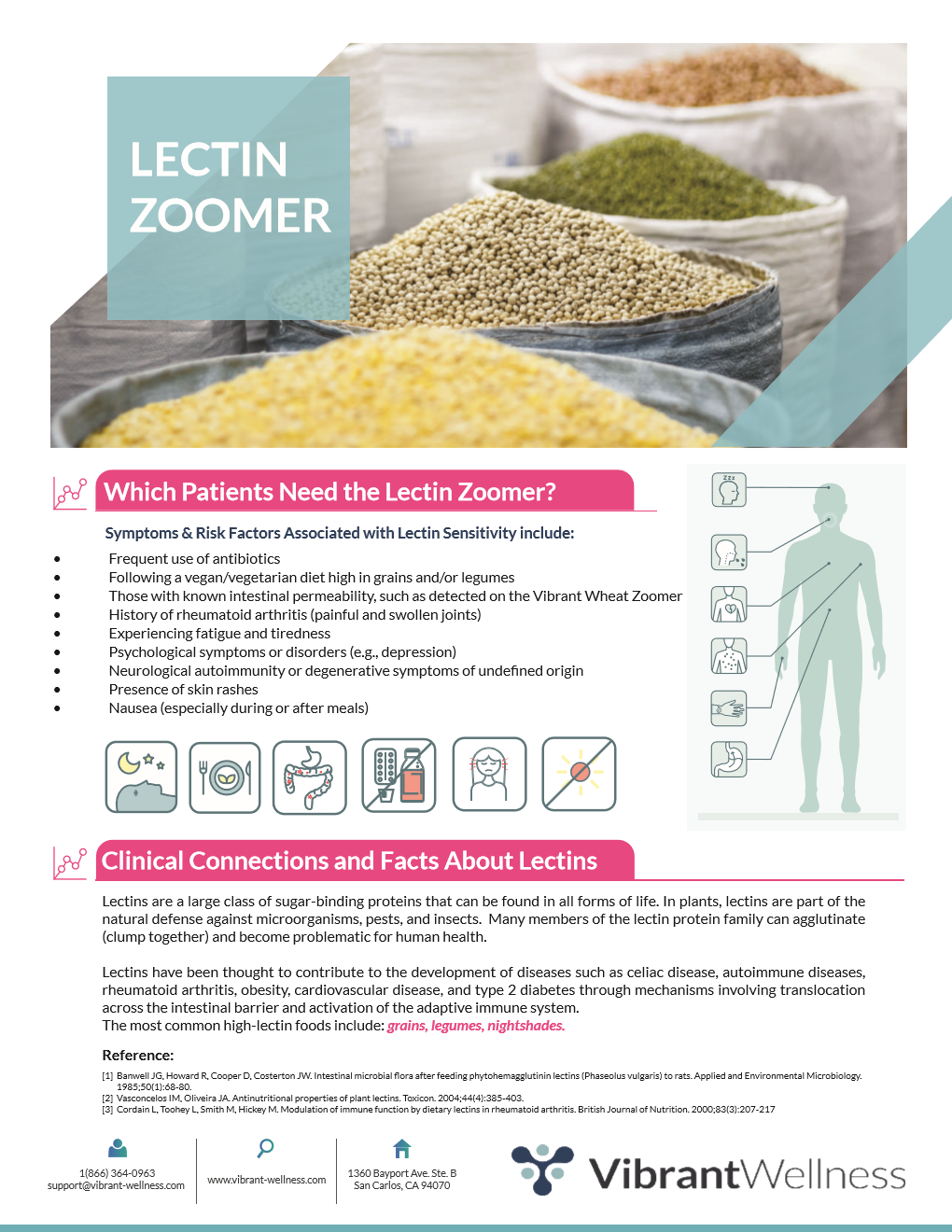

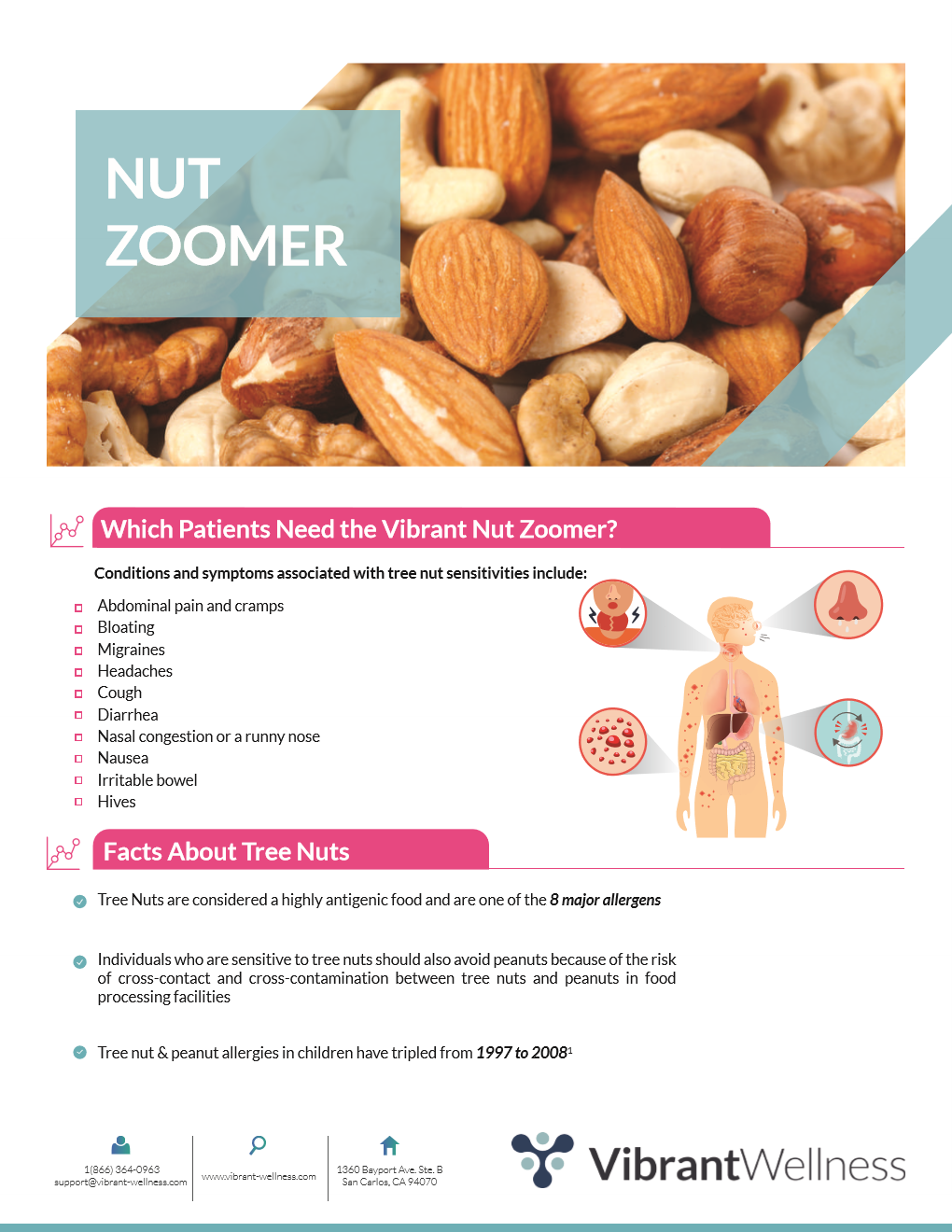
ADD DETAILS TO BUY
What is Intestinal Permeability?
Intestinal Permeability (i.e. “Leaky Gut”) is a condition where the integrity of the intestinal cell barrier is compromised/broken down. Normally, our intestinal cell network forms a very important barrier between our digestive tract (outside environment) and our blood stream (inside environment). With Intestinal Permeability, the barrier is broken down and intestinal contents can enter the blood stream.

When the intestinal lining is compromised and it is considered Permeable or “Leaky”, it is the tight junctions of our intestinal epithelial cells (bowel lining) that have been broken down. When this occurs and the main barrier between our digestive tract and our blood stream has been damaged, we can have a variety of symptoms.
A short list of some of the more common Symptoms of Leaky Gut:
- Gas
- Bloating
- Fatigue
- Abdominal pain
- Diarrhea
- Constipation
- Headaches
- Brain fog
- Rashes, such as eczema
- Nausea and vomiting
- Skin itchiness and redness
- Bronchitis and asthma-like symptoms
- Musculoskeletal joint pain
- Muscle stiffness and swelling
Why do we get Intestinal Permeability or Leaky Gut? Critical to understanding Leaky Gut is to realize that there are many factors involved, from the:
1) breakdown of immune regulation managed by the intestinal lining
2) loss of immune tolerance with resulting hypersensitivity and immune mediated reactivity to foods we eat
3) degradation/breakdown of the intestinal mucosa (bowel lining)
4) loss of gut microbial diversity (bacteria in the gut become imbalanced) with associated Dysbiosis (i.e. imbalanced bacteria in the gut)
FOOD SENSITIVITY TESTING vs. FOOD ZOOMERS TESTING
Food sensitivity testing detects reactivity to whole protein-based antigens found in foods, while Food Zoomer testing measures peptide-level sensitivities. In other words, Food Sensitivity only tests sensitivity to undigested food proteins and Food Zoomers tests sensitivity to the whole proteins but is also to test every peptide within the protein (thousands of possible reactions). Why is this difference between the two types of Food Reaction testing so critically important?
Protein moieties are found in all food. These proteins are broken down into smaller constituents called Peptides through digestion, so they can be absorbed as amino acids back into the blood stream.
It is at this point in the process of digestion with the unfolding of the protein moieties into the breakdown peptides that the immune system which resides within our gut can react to these “foreign” proteins. Once considered foreign, antibodies to these breakdown Peptides can cause intestinal mucosa barrier permeability and result in Leaky Gut.

Rarely will a person’s immune system be exposed only to the whole protein form of foods because once food reaches the small intestine it has been broken down in the stomach by hydrochloric acid and enzymes. Yet, information about antibodies formed in the body to the whole protein gleamed from Food Sensitivity testing (aka Food Allergy testing) , are often helpful because they can be an indicator that a patient lacks sufficient digestive capacity (HCl and enzymes) when these whole protein sensitivities detecting whole protein antibody immune reaction in the person.
Antibodies to whole proteins will not bind to peptides, and vice versa. SO, why limit food sensitivity testing to the whole protein antibody testing?
FOOD ZOOMERS measure the whole protein reactivity AS WELL AS the proteins breakdown products, called polypeptides and peptides. When measured, the reactivity to the food protein breakdown peptides proves to provide the most accurate measurement of the body’s reactivity to a food under realistic conditions when the proteins are broken down into peptides in the GI Tract.
The Vibrant Food Zoomers provide the most in depth and accurate look at true food sensitivities because they can measure thousands of peptides in one whole protein for a full spectrum of reactivity. This highly accurate and reproducible testing looks at the immune responses to peptides within these antigenic ( aka allergic) foods as compared to all other food sensitivity tests which measure antibodies to whole proteins, which is not a complete assessment because they are not actually not what our immune system is exposed to in real life during digestion.
But remember, that in reality, patients with digestive problems and inflammatory conditions/symptoms commonly have hypochlorhydria and deficiencies of enzymes and/or bile acids, so whole protein testing has its place, because they are often an indicator that a patient lacks sufficient digestive capacity (HCl and enzymes) when these whole protein sensitivities are detected.











